Culture & Travel
28 April 2025In the final article of the year, I would like to take you on a journey to the Istanbul Archaeological Museums, founded by Osman Hamdi Bey. You have probably seen it or at least heard of it before. But this time, I wanted you to experience it through my words. If you ask me, this is not just a place where you could spend hours — it’s a magnificent site where you could easily lose yourself for days.
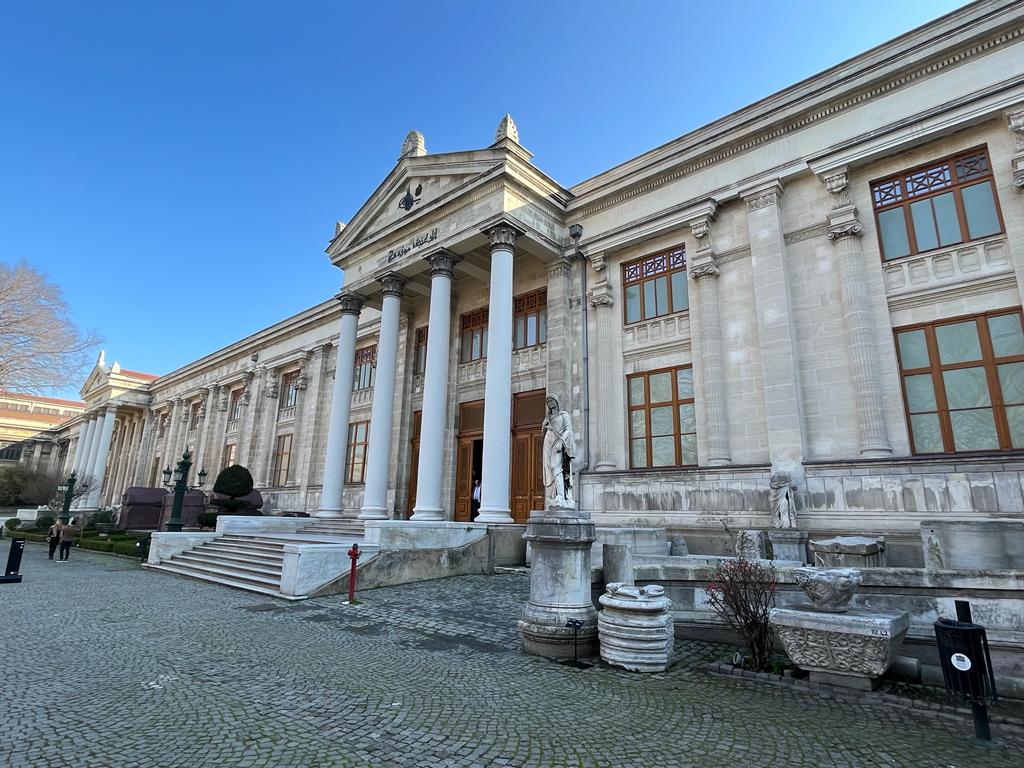
In the final days of the year, I visited once again for you, admired the sculptures and reliefs with fresh awe, and penned down the stories of the pieces that impressed me the most. If you're ready, let's begin...
Statue of Tyche
Tyche is the goddess of fate, fortune, and success. It was believed that every city needed a protector like her, so she was regarded as one of the guardians of nearly every ancient city.
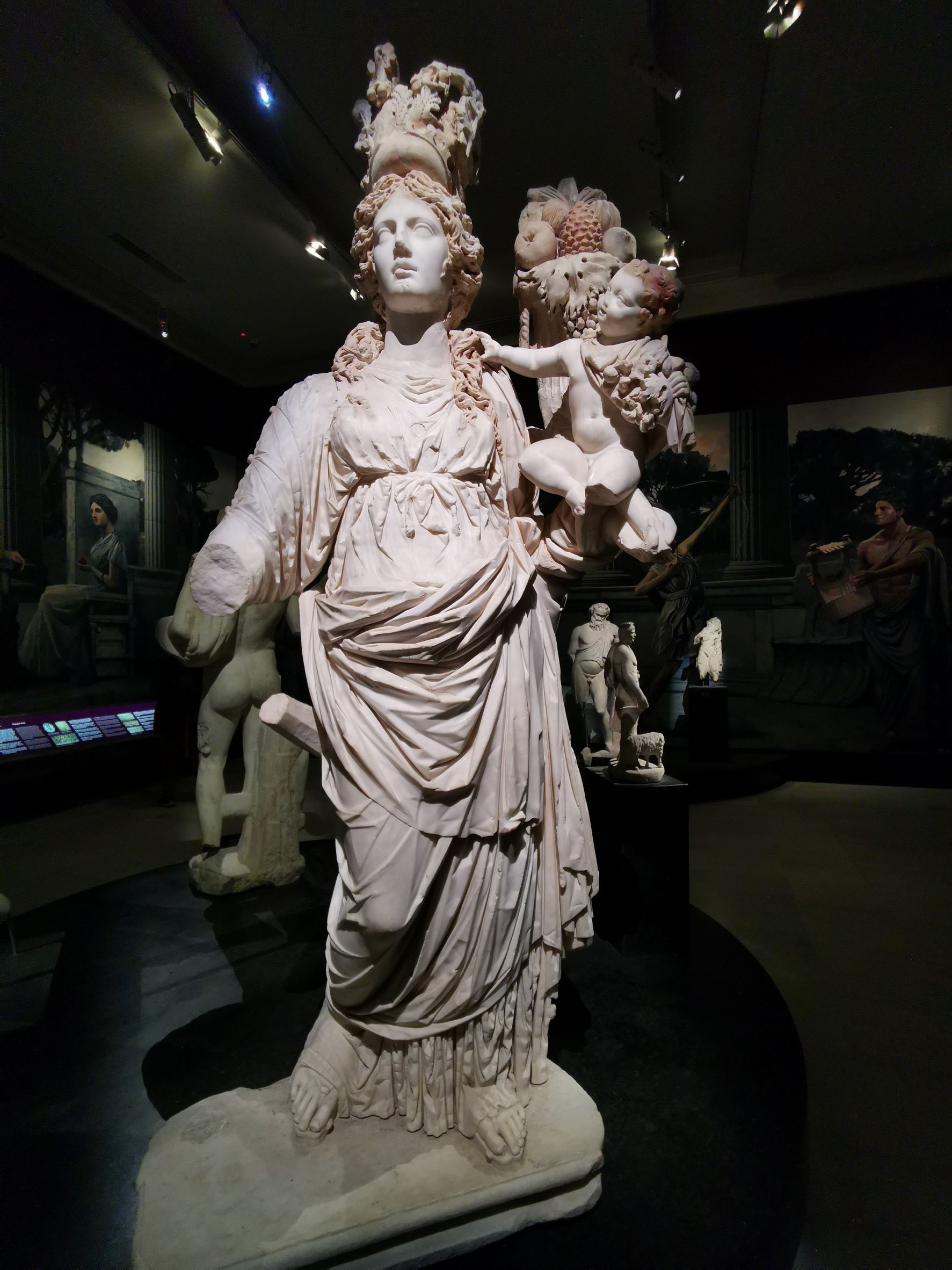
One of the characteristic features of Tyche statues is the tower-shaped crown adorned with olive branches on her head, symbolizing the city she protects. In her arms, she often holds fruits representing abundance and a child named Plutos, the god of wealth and prosperity.
The statue found in Düzce is estimated to date back to the 2nd century AD.
Statue of Zeus
In Greek mythology, Zeus is regarded as the father of gods and humans — the most powerful, significant, and supreme deity. He rules over twelve other gods and goddesses besides himself. Among the gods, he is known as the most flirtatious and the one with the most children. Naturally, this led to many troubles for him. Zeus is said to have fallen in love not only with his sisters, Hera and Demeter, but also with his own daughter, Persephone.
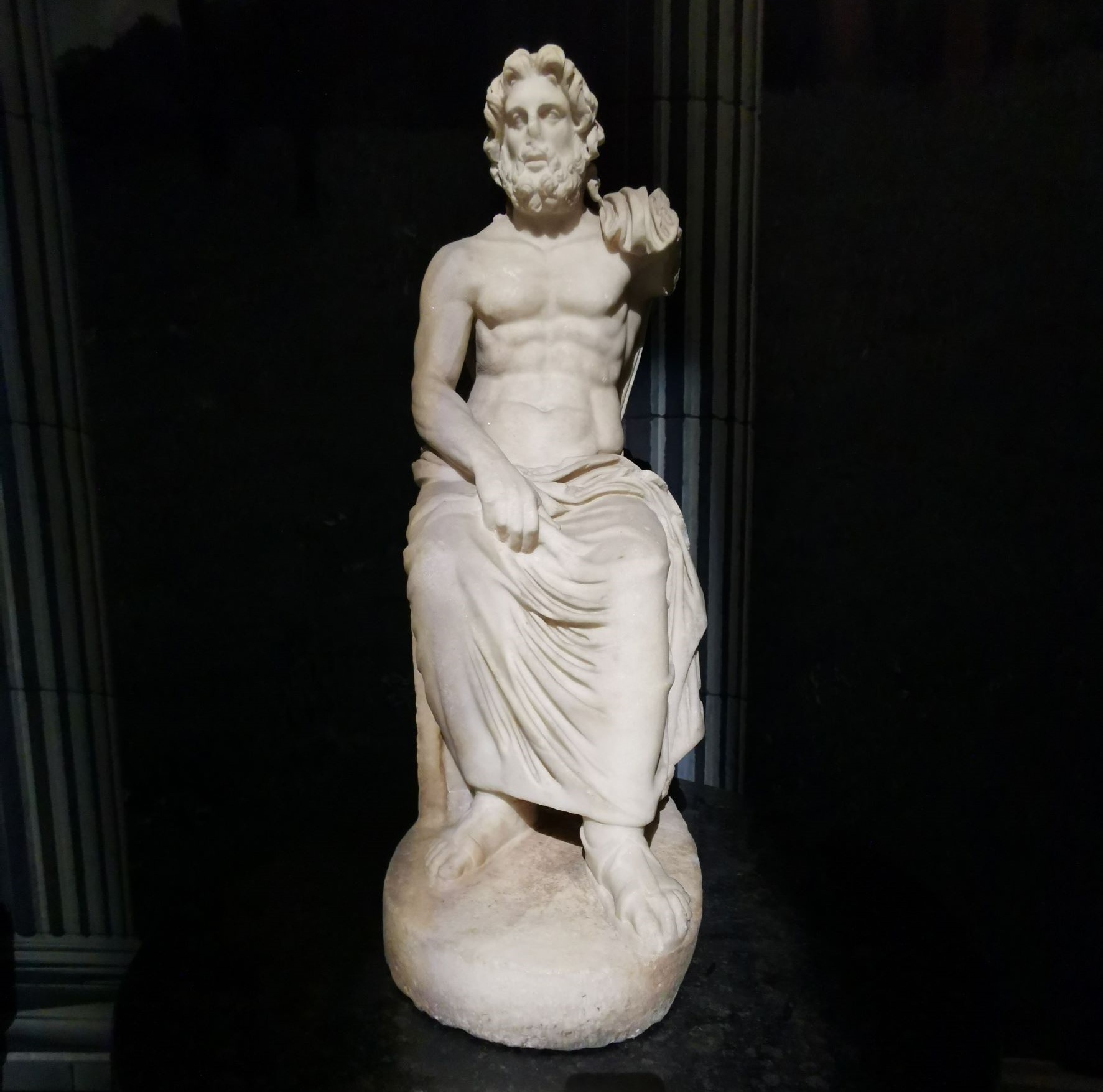
The statue found in Düzce is estimated to date back to the 2nd century AD.
Statue of Poseidon
Poseidon is the god of the seas. His power and domain extend not only over the seas but also rivers and lakes. He can stir up storms and, with his three-pronged trident, move rocks and cause earthquakes. After Zeus, he is considered the second most powerful deity. Poseidon once competed to become the patron god of what is now the city of Athens, but he lost the contest to Athena.
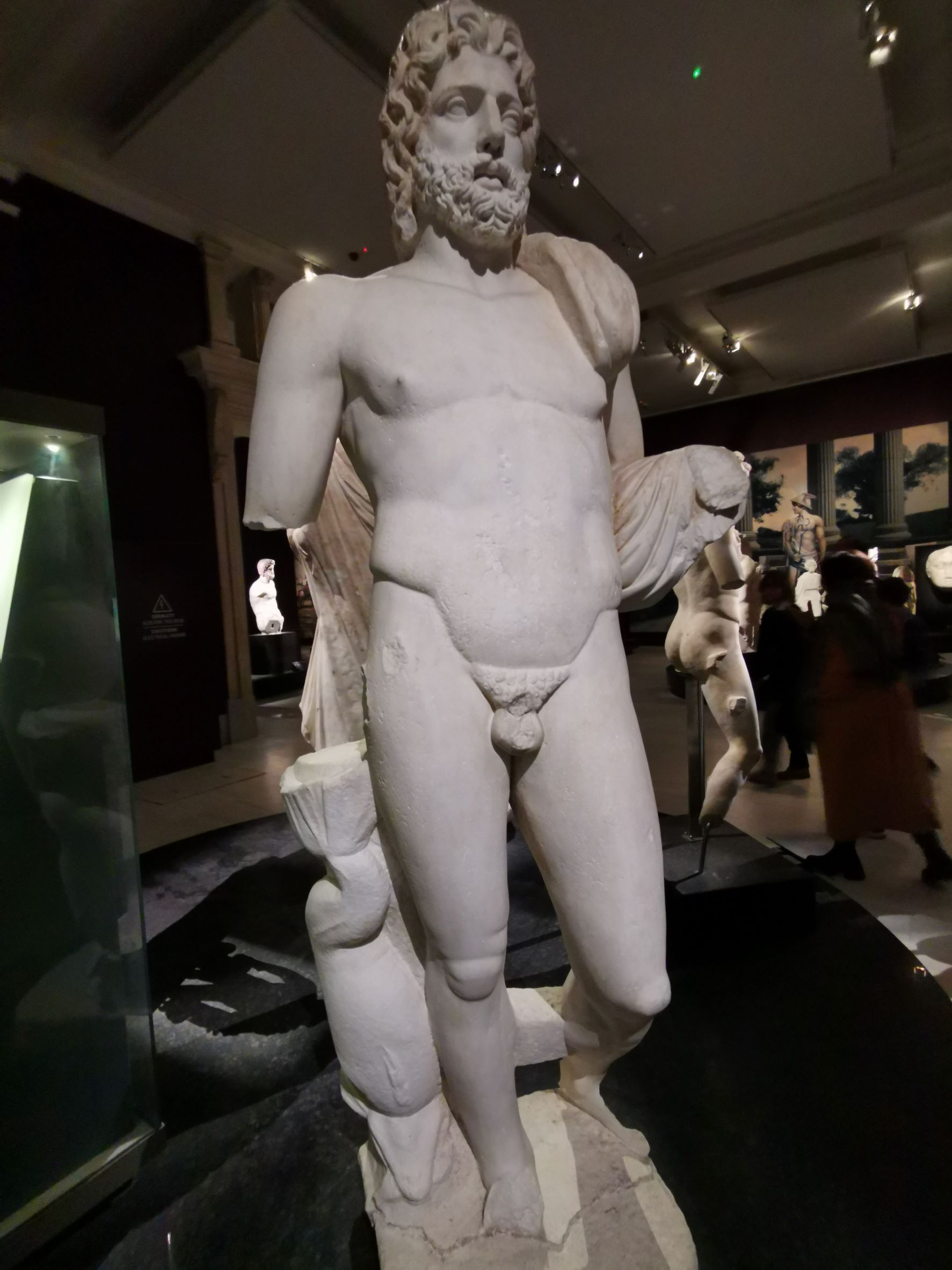
The statue found in Jebel, Lebanon is estimated to date back to the 1st century AD.
Statue of Aphrodite
In Greek mythology, Aphrodite is the goddess with the widest sphere of influence, for she has touched not only mortals but also gods and goddesses. She is the only goddess depicted nude in Greek mythology. From the moment of her birth, Aphrodite was accompanied by two attendants: on her left side, Eros, representing love and affection; and on her right side, Himeros, symbolizing desire, passion, and longing. Eros is shown on the left because, in the human body, the heart is located on the left side.
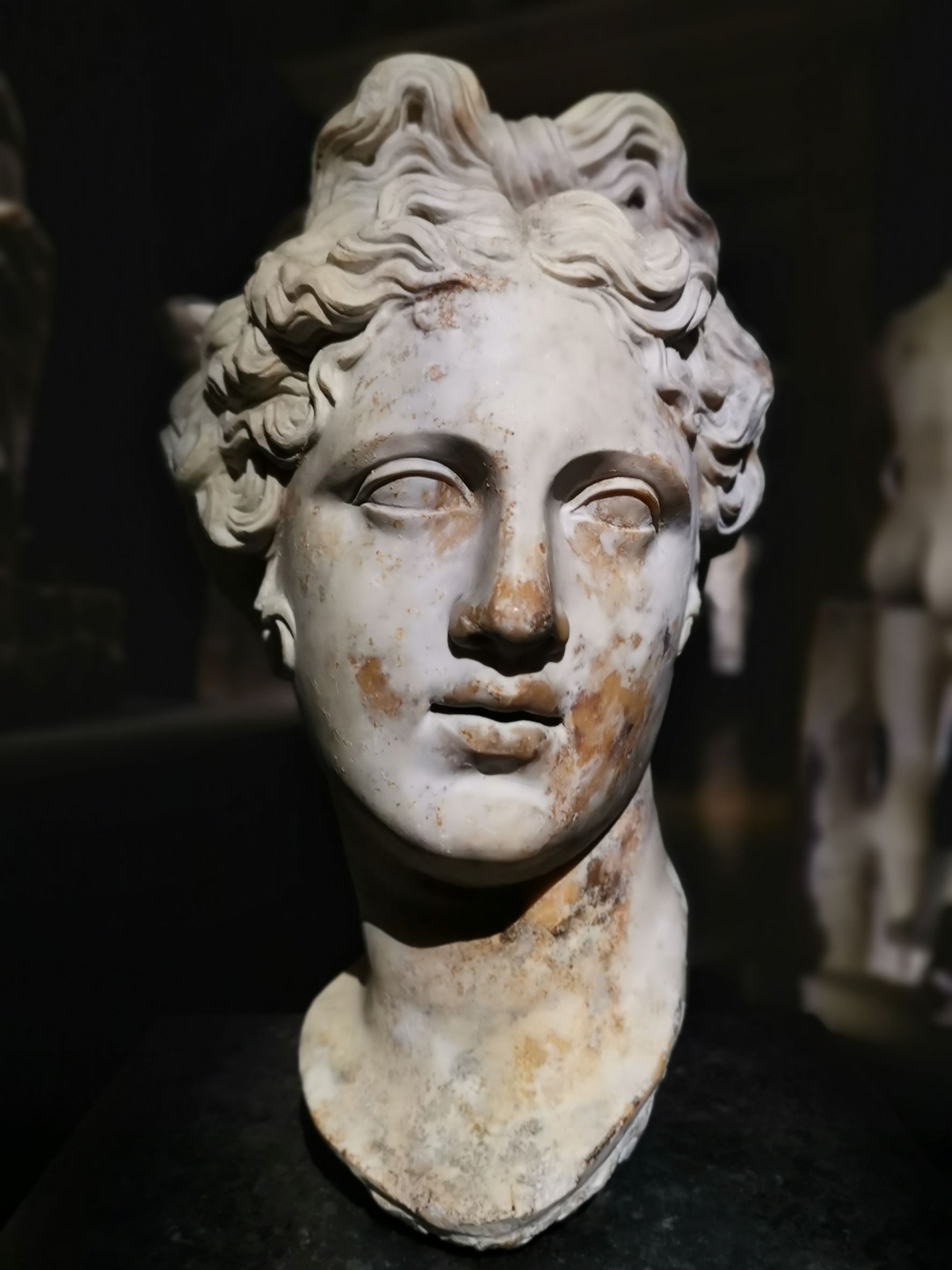
Aphrodite's most defining feature is her beauty. Beautiful as she is, she is also unfortunate. She is married off to Hephaestus, the god of fire and craftsmanship, who is considered the ugliest among the gods. This unhappy marriage leads to a series of forbidden affairs. Aphrodite engages in secret relationships with gods like Ares, Hermes, and Dionysus. One day, she falls deeply in love with Adonis, a mortal known for his stunning beauty. Aphrodite’s former lover, Ares, becomes jealous of this new love. In collaboration with Artemis, the goddess of hunting, wilderness, and chastity, Ares plots revenge. Artemis, upholding the value of chastity, decides to punish the lovers. She sends a wild boar to attack Adonis during a hunt. Adonis is gravely wounded. Aphrodite rushes to him with white roses — the symbol of pure love — but by the time she reaches him, the roses are stained with his blood, turning them red. This myth is the origin of the symbolism of red roses for love.
The statue found in Selçuk, İzmir is estimated to date back to the 2nd century AD.
Statue of Artemis
Artemis is the goddess of hunting, wild nature, wild animals, nature, vegetation, childbirth, child care, and chastity. As mentioned above, she is responsible for the symbolic association of love with the color red. She also plays a significant role in the events surrounding the Trojan War: when Agamemnon, the commander of the Achaeans attacking Troy, kills one of Artemis’s sacred deer, she punishes him by halting the winds, preventing his fleet from sailing to Troy. Artemis agrees to release the winds only on one condition — that Agamemnon sacrifices his daughter. Initially reluctant, Agamemnon eventually agrees out of desperation. However, just as he is about to sacrifice his daughter, Artemis takes pity on her and replaces her with a deer at the last moment.
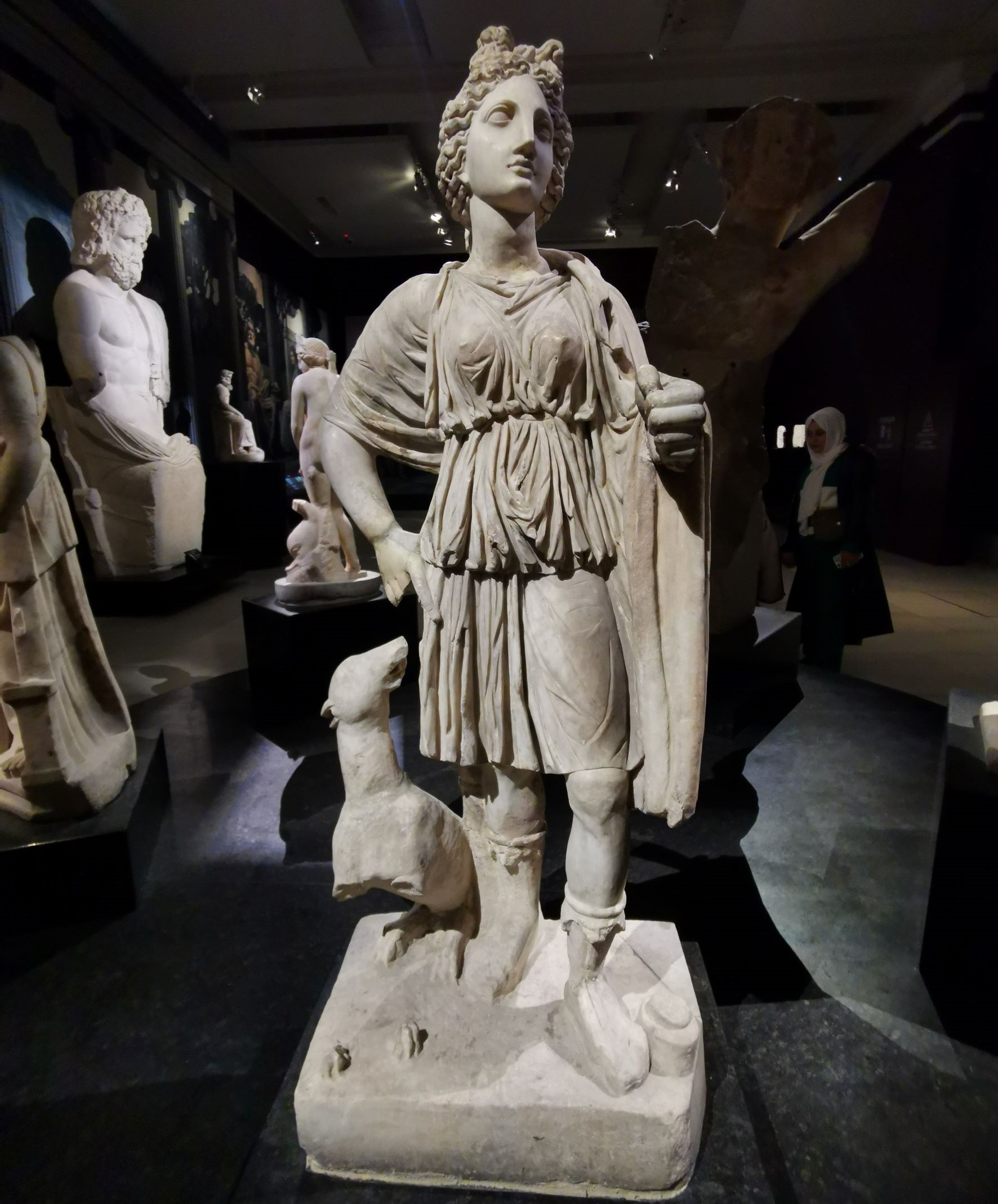
The statue found in Benghazi, Libya is estimated to date back to the 2nd century AD.
Statue of Athena
In Greek mythology, Athena is the goddess of wisdom, arts, strategy, inspiration, and peace. She is also the deity after whom the city of Athens is named. According to the myth, a protector was to be chosen for the city that would become modern-day Athens. The final competition came down to Athena and Poseidon. Athena gifted the city with an olive tree, while Poseidon struck the ground with his trident and produced water as his offering. Athena won the contest and gave her name to the city. To ensure no enmity remained between them, Athena broke off a branch from the olive tree she had gifted and offered it to Poseidon as a symbol of peace. Ever since, the act of extending an olive branch has symbolized peace initiatives.
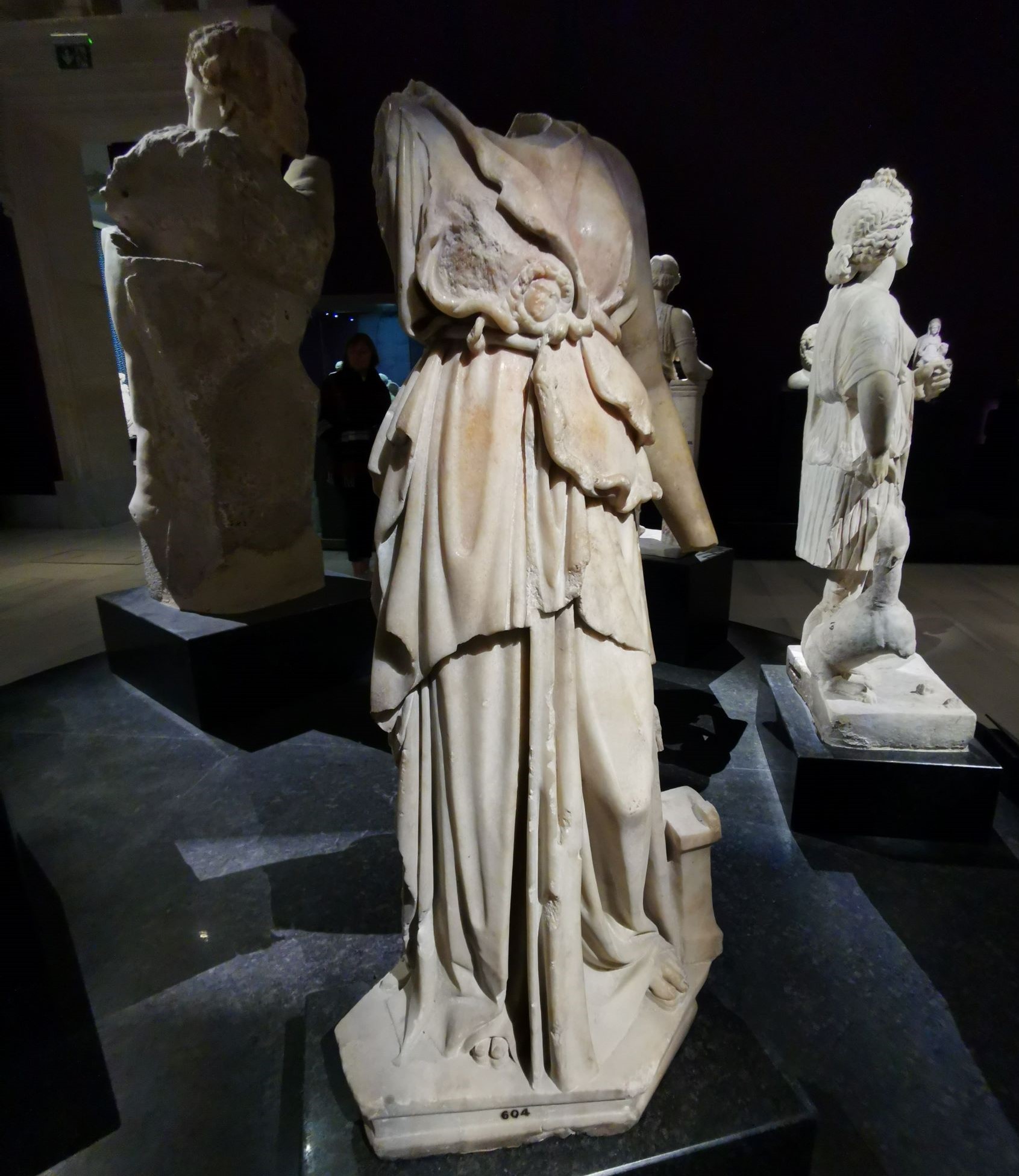
The statue found in Germencik, Aydın is estimated to date back to the 1st century AD.
The Great Statue of Apollo
In Greek mythology, Apollo is the god of music, art, the sun, fire, poetry, and prophecy. According to myth, Apollo would shoot arrows to kill mice that damaged farmers' crops, and he would punish wrongdoers by spreading plague through the mice. He used this method of punishment during the Trojan War as well. When Agamemnon, the leader of the Achaeans besieging Troy, seized the daughter of a priest serving in Apollo’s temple as a war prize, Apollo became enraged. To punish this immoral act, he rained down plague upon Agamemnon’s army by shooting diseased mice with his arrows, causing devastation within the ranks. Realizing the gravity of his mistake, Agamemnon sought forgiveness from Apollo by offering sacrifices.
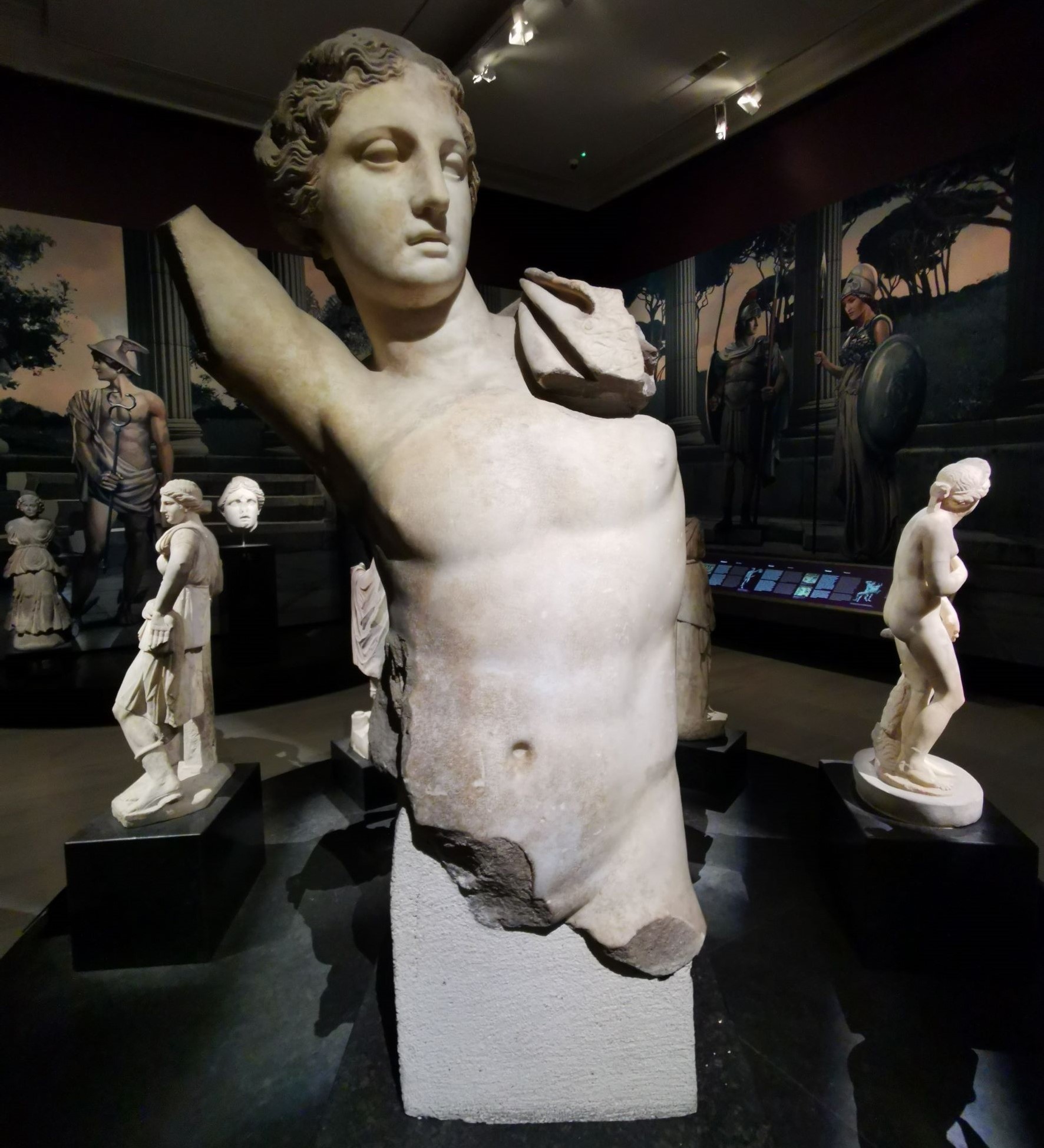
The statue found in Aydın does not have a clearly known date.
Statue of Hermes
In Greek mythology, Hermes is known as the most cunning of all the gods. His greatest traits are his speed and his ability to mediate. Because of his skills in negotiation, he is considered the god of merchants and traders; and because of his speed, he is also the god of athletes. Additionally, due to his cunning nature and love for taking risks, he is often regarded as the patron of gamblers as well. His most recognizable symbol is the caduceus — a staff entwined with snakes. According to legend, Hermes once used his golden staff to separate two fighting snakes. As he intervened, the aggressive snakes calmed down, wrapped themselves around the staff, and remained entwined forever.
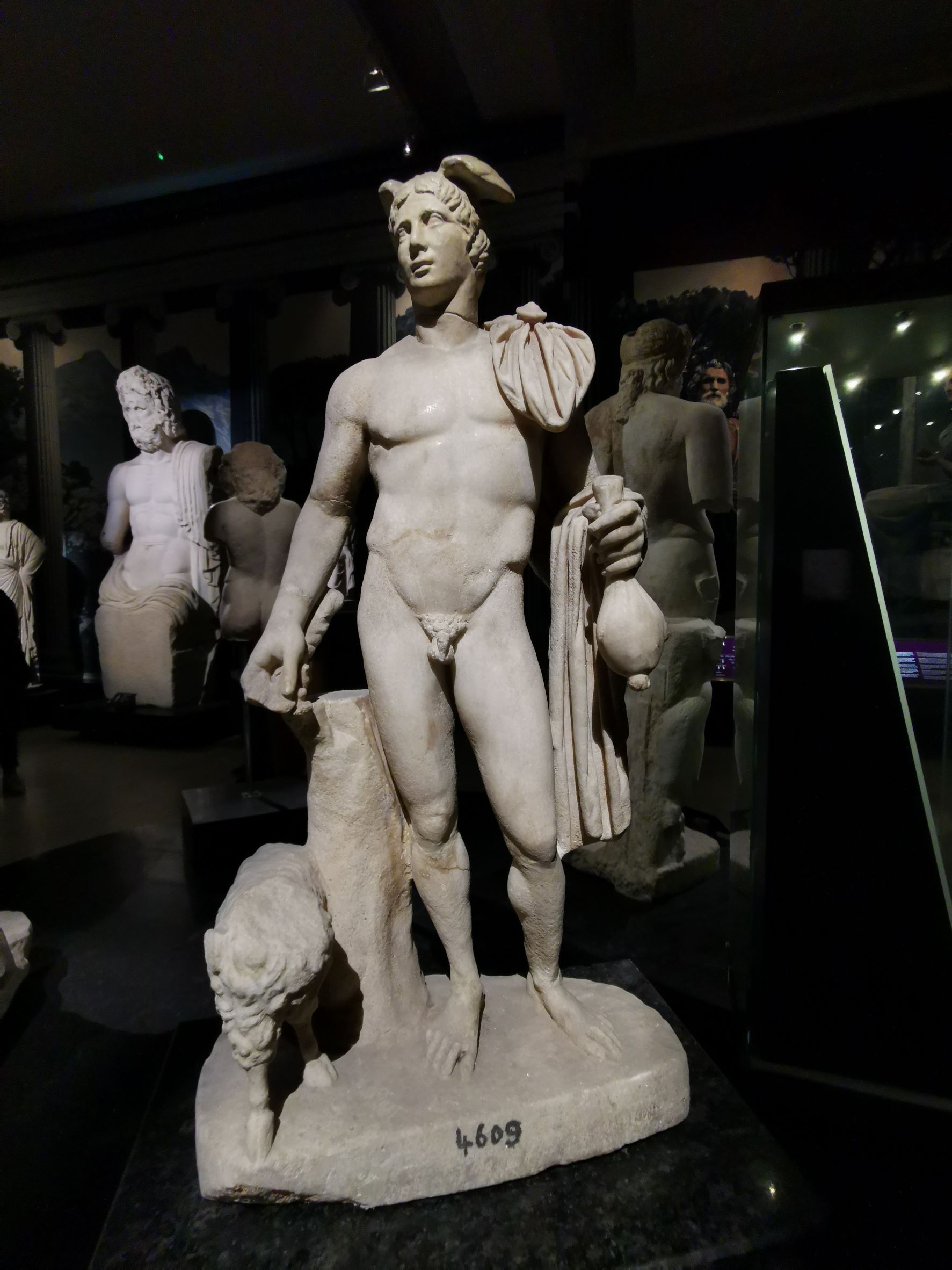
The relief found in Karasu, Sakarya is estimated to date back to the 2nd century AD.
Relief of Demeter
In Greek mythology, Demeter is the goddess of agriculture, fertility, and the seasons. For this reason, she is often depicted holding wheat. She also embodies the purest form of maternal love. Demeter is credited with teaching humanity how to cultivate and harvest crops. She had a daughter named Persephone. One day, Hades, the god of the underworld, deceived and abducted Persephone to make her his wife. In reality, this meant that the beautiful young goddess was imprisoned in the underworld.

Demeter searched for her daughter for days. Eventually, she learned that Persephone was being held captive underground by Hades. Heartbroken and full of grief, Demeter withdrew from the world. As a result, a great drought ensued, and the land lost its fertility. Zeus intervened, attempting to reconcile Demeter and Hades. However, Demeter refused any compromise. Realizing that the situation was unsustainable, Zeus finally decided that Persephone would spend two-thirds of the year — during the seasons of blossoming and harvest — with her mother, and the remaining one-third — the winter months — with Hades. From that time on, whenever Persephone returned to the surface, Demeter would bless the earth with fertility, causing plants to flourish and crops to grow.
The statue found in Biga, Çanakkale is estimated to date back to the 4th century BC.
Statue of Nike
Nike is the goddess of victory in Greek mythology. She is typically depicted as a winged figure holding a wreath to crown the victors. Her counterpart in Roman mythology is Victoria. The English word "victory" derives from her name. Nike’s most distinctive traits are her ability to run swiftly and to fly. Today, her influence continues in modern branding — the logos and names of Rolls-Royce, Honda Motors, and Nike sportswear all draw inspiration from her.
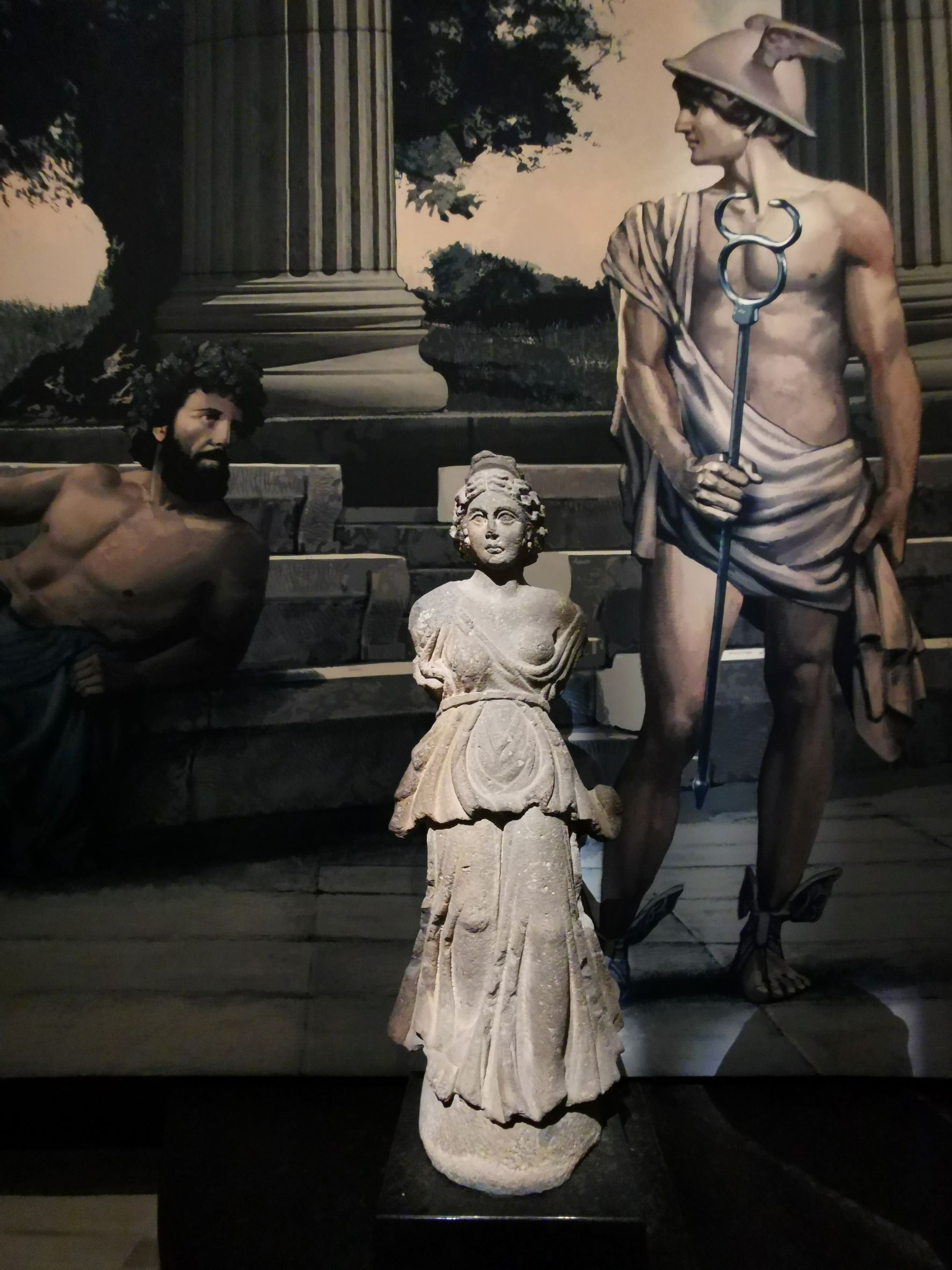
The statue found in Hauran, Syria is estimated to date back to the 2nd century AD.
Gezmekyetmez
December 31, 2022
